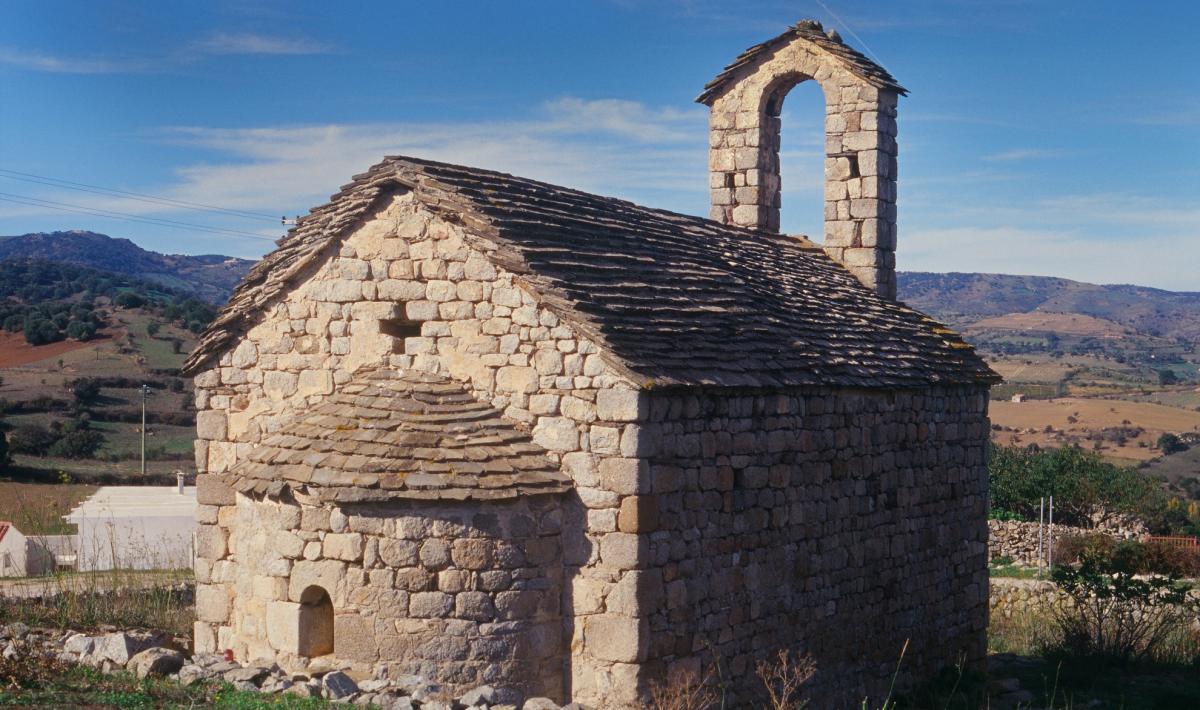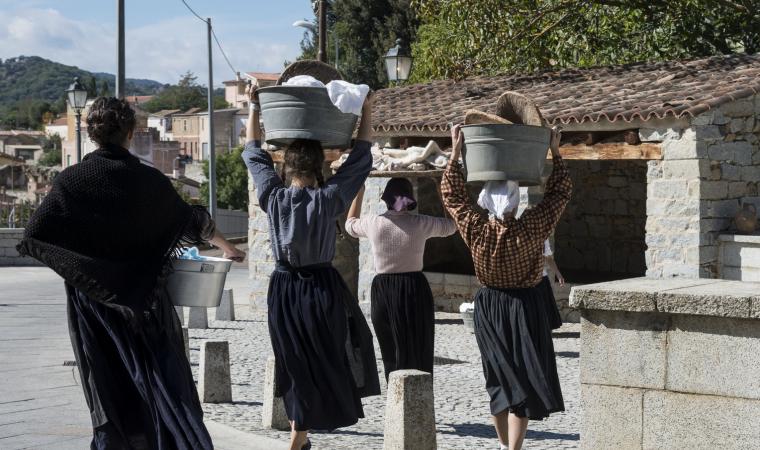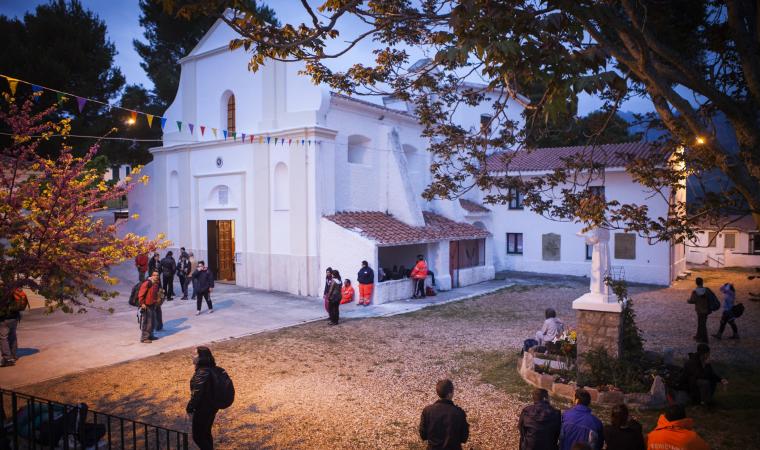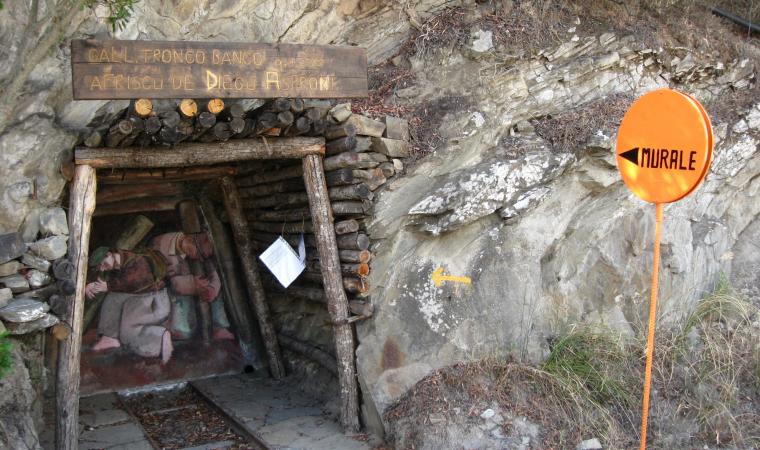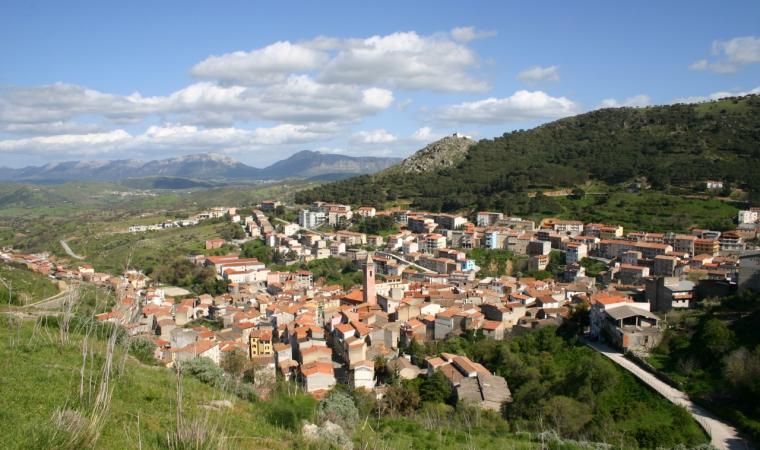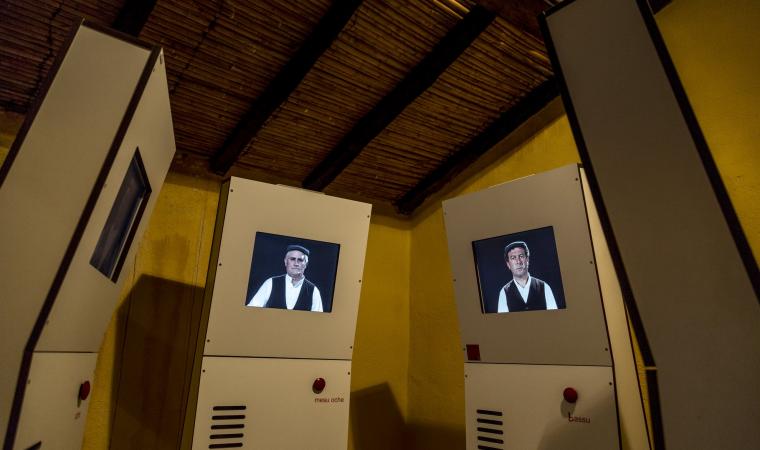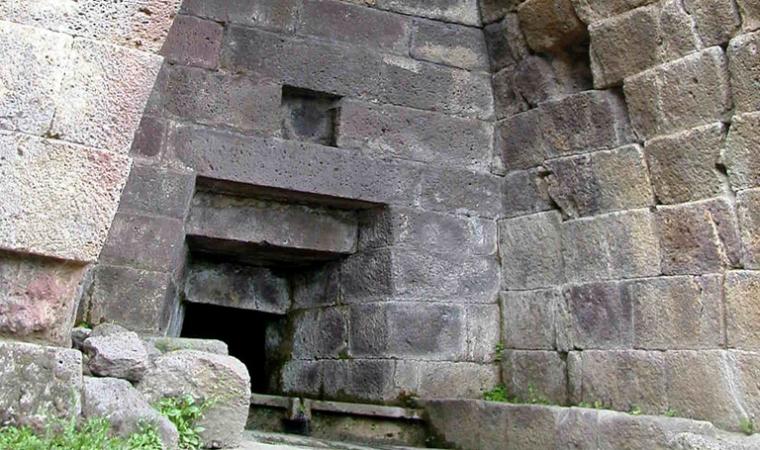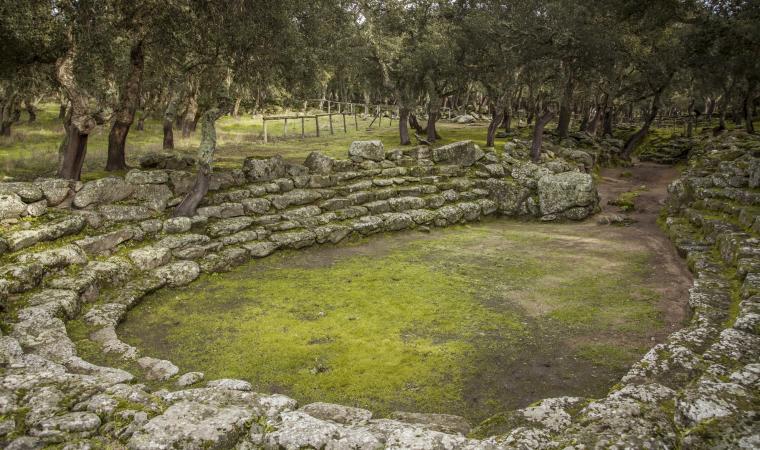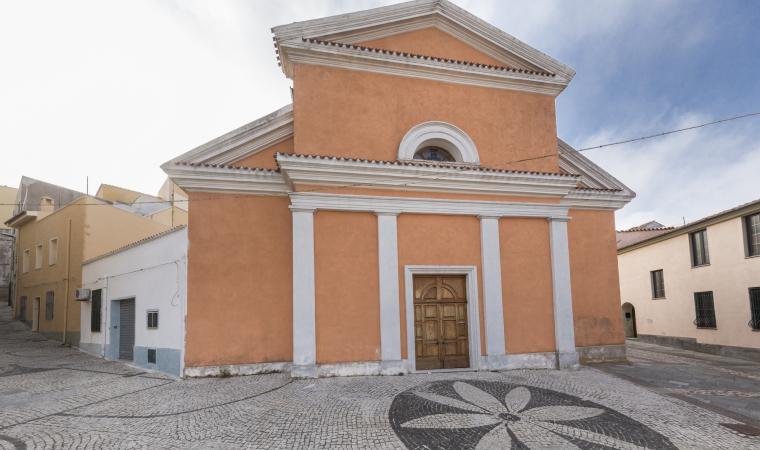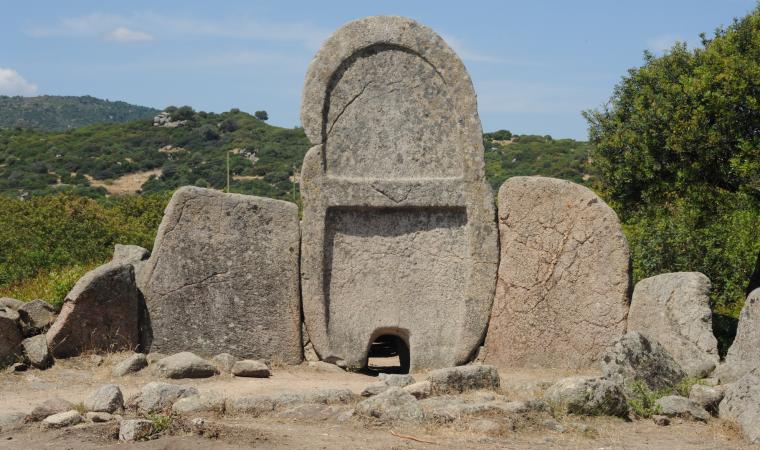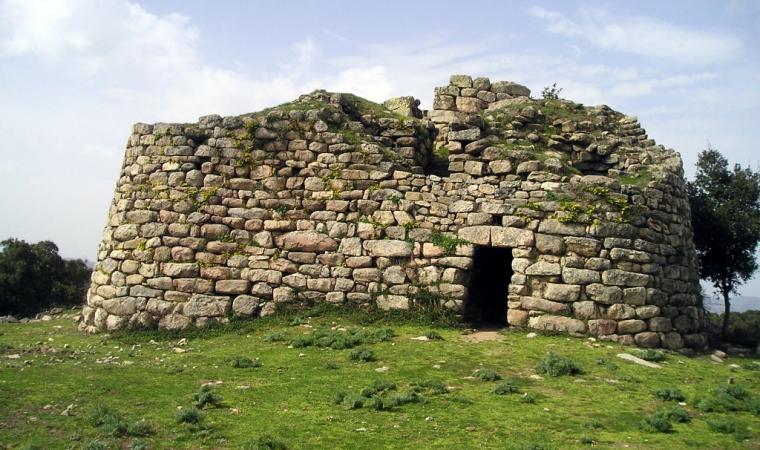It was the Parish Church of Onanì and the centre that the ancient village revolved around. Today, however, it stands on a hill on the western outskirts of the town – on the road to Bitti -, and continues to be its symbol, as well as representing a symbol of Romanesque style in the Nuoro area. The Church of San Pietro Apostolo is a building constructed almost entirely from small granite ashlars, while its external cladding is made from schist slabs. It dates back to the second half of the 12th century and is an example of ‘minor’ Romanesque architecture, characterised by a single nave, with an apse facing south-east. On the façade, you will notice the portal with a raised relieving arch and, on the same axis, a cross-shaped opening. Up above, at the top of the slopes, stands a bell gable. The cross-shaped window is repeated on the back, just above the roof of the apse, where another single-lancet window appears. The interior is no less surprising: the dome of the apse and the barrel vault are, in fact, decorated with frescoes and, particularly on the ceiling of the church hall, you can admire the sacred scene of Saint Peter receiving the keys to Heaven.

